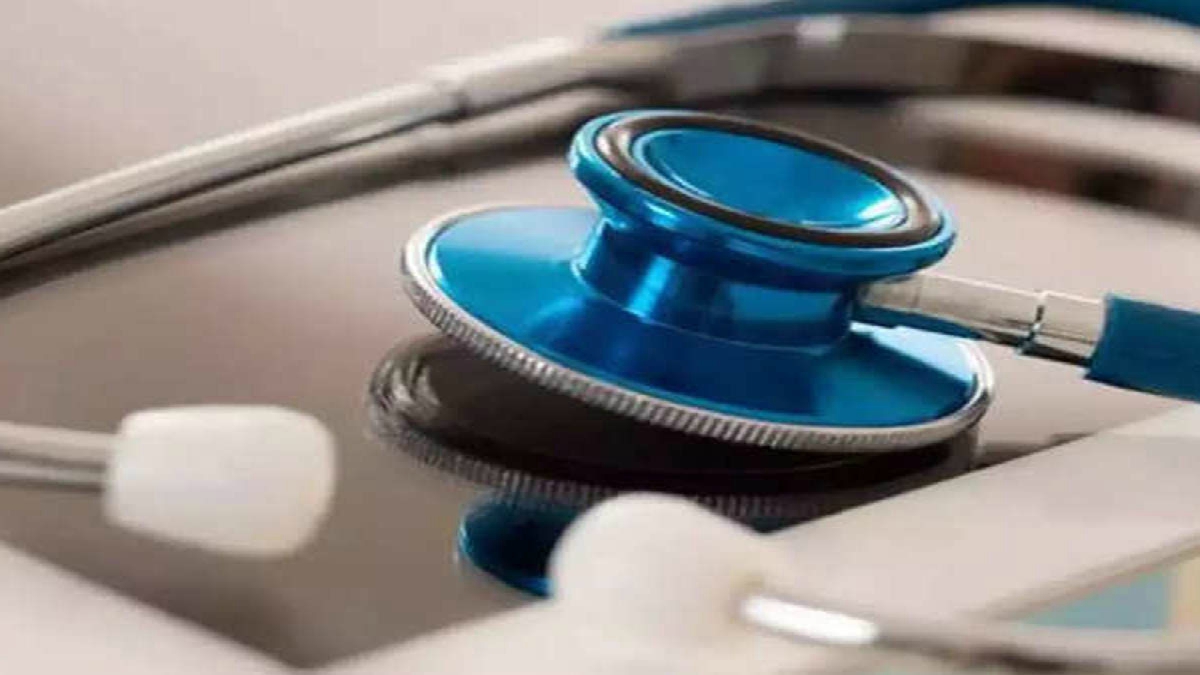


Arnab Basumallik, Director, Edwards Lifesciences India Private Limited spoke to The Daily Guardian Review about how essential is it to bring in a code of conduct for the medical device industry and the role of government in widening the circle of probity. Excerpts:
Q. How are medical devices characteristically different from pharmaceuticals?
A. As per the WHO study, medical devices vary from pharmaceuticals in the following ways.
• Innovation: Medical devices undergo incremental improvements, with a relatively short commercial life cycle of about 18 months on average.
• Diversity: Medical devices, even in the same category, vary in size, complexity, packaging, efficacy, safety and use.
• Durability: Medical devices have a wide range of durability with extremes ranging from a few minutes for disposable devices to several decades for some implantable devices and medical equipment.
• User: There is often a learning curve associated with the use of medical devices, particularly complex high-tech devices, with a need for technical training and support.
• After service: Medical devices require service and maintenance, unlike drugs.
Even Pharma Bureau under DoP has identified the following characteristics for medical devices, which are quite different from pharma.
• The medical device industry is highly capital intensive and has a long gestation period to develop the market.
• Requires continuous induction of new technologies.
• Requires continuous training of health providers to adapt to new technologies.
• Requires a well-developed eco-system and innovation cycle, which is yet to be fully developed in India, unlike pharma. The med-tech industry depends on imports up to an extent of 86%. Domestic manufacturing is limited to surgical, cardiac stents and general medical devices and consumables.
Q. How essential is it to bring in a code of conduct for the medical device industry?
A. As mentioned above, the medical device industry is continuously evolving with a relatively short commercial life cycle of about 18 months on average. Thus, there is often a learning curve associated with the use of medical devices, particularly complex high-tech devices, with a need for technical training and support. Also, since the technologies are fast evolving, the training of these technologies is often not there in the regular medical university curriculum.
The second most important factor is diversity. Even in the same category, medical devices vary in size, complexity, packaging, efficacy, safety, and use. Hence, it is a regulatory responsibility of the manufacturer of that innovation, to train the clinicians/ healthcare professionals before launching the technologies in the country, to ensure compliant and safe usage of the product on a patient.
Third, the training needs to be hands-on and not just for the clinician but the entire team of healthcare professionals including the diagnostic and biomedical engineering team—till they get used to the handling of the product.
In the pharma code of conduct, there was a limited scope of providing these necessary hands-on training to the clinicians. Further, there was a limitation in providing samples for hands-on training. The definition of healthcare professionals also was limited to a clinician (doctor) only, which needed to be broadened for medical devices—as nurses, technicians, perfusionists, and bio-medical engineers all form an important part of the eco-system along with the team of clinicians
Hence, it was essential to come up with a separate code of marketing practices.
Q. How has the present government been widening the circle of probity?
A. While the draft UCMDPM does allow companies to provide training to the clinicians in suitable facilities, adequate guidelines are provided so that the training and other engagements with the healthcare professionals are carried out in a compliant way, which includes but is not limited to the type/location of facilities to be used, guidelines on the cost of food and travel, record keeping of the engagement. Further, adequate provisions of probity are maintained through a separate committee created under every industry association, to receive, report and do the necessary due diligence in case of receipt of a complaint on the violation.
Q. Is there any difference in code from the global markets or any disadvantage?
A. We do not view any significant disadvantage related to the difference in code from global markets. Various codes of conduct across the countries are considered while creating UCMDMP. Even industry codes created by AdvaMed, EUCOMED, and APEMED are considered. The draft UCMDMP has included the best of the features. It depends on how we implement the code. Considering the diversified nature of the industry, it will require some handholding and training for the companies to adapt to the code. The industry is ready to partner with the Government of India for the implementation of the code.